The legend of the vampire coffin has long haunted the corners of folklore and gothic literature, weaving a macabre tapestry of fear and fascination. These ornate, often foreboding resting places are more than mere burial containers; they serve as symbols of the undead’s defiance against mortality. From the mist-shrouded forests of Transylvania to the dimly lit crypts of Victorian-era novels, the vampire coffin remains an enduring icon of horror and mystery.
The Origins of the Vampire Coffin
The concept of the vampire coffin is deeply rooted in Eastern European folklore, where tales of the undead were used to explain the unexplainable. In regions like Romania and Serbia, villagers believed that certain individuals, often those who died under unnatural circumstances, would rise from their graves to prey on the living. To prevent this, heavy stones or iron bars were placed atop coffins, and in some cases, the bodies were staked through the heart. Over time, these crude measures evolved into the elaborate, custom-built coffins we associate with vampires today.
By the 18th and 19th centuries, the vampire coffin had become a staple of gothic fiction. Writers like Bram Stoker immortalized the image of Count Dracula slumbering in his earth-filled casket, a detail borrowed from superstitions that vampires required contact with their native soil. This literary embellishment transformed the coffin from a simple burial vessel into a sacred sanctuary for the undead, a place where they could retreat from the lethal touch of sunlight.
Design and Symbolism
Vampire coffins are rarely depicted as ordinary wooden boxes. Instead, they are often portrayed as lavish, even decadent, with intricate carvings, plush interiors, and heavy lids designed to seal the occupant away from the world. The symbolism here is twofold: the coffin represents both a prison and a refuge. For the vampire, it is a necessary shelter, but for those who fear the creature, it is a containment device—a way to keep the monster at bay.
In some traditions, the coffin is lined with soil from the vampire’s homeland, reinforcing the idea that these beings are bound to the land of their birth. Other versions feature hidden compartments for weapons or holy relics, suggesting that even in death, the vampire remains prepared for conflict. The lid, often shown as impossibly heavy, serves as a final barrier between the living and the undead, a last line of defense against the horrors within.
The Coffin in Popular Culture
Modern interpretations of the vampire coffin have only expanded its mythos. Films like Interview with the Vampire and Blade have depicted coffins as mobile safehouses, with vampires transporting them as they travel the world. In some stories, the coffin is enchanted, capable of healing its occupant or even acting as a portal between realms. The idea that a vampire cannot survive without its coffin has been both upheld and subverted, with some narratives portraying the creatures as able to sleep anywhere, while others insist that the coffin is non-negotiable.
Television series like Buffy the Vampire Slayer and The Vampire Diaries have further explored the coffin’s role, sometimes using it as a plot device—a hiding place, a trap, or even a means of resurrection. The coffin’s enduring presence in media speaks to its power as a symbol, one that transcends its origins to become a universal shorthand for the vampire myth.
Archaeology and Reality
While vampire coffins are the stuff of legend, real-world archaeology has uncovered graves that suggest a deep-seated fear of the undead. In places like Bulgaria and Poland, skeletons have been found with iron rods driven through their chests or stones wedged into their mouths—measures taken to prevent the dead from rising. These discoveries blur the line between myth and history, proving that the terror of vampires was once very real.
Some historians argue that the vampire coffin, as we imagine it today, is a romanticized version of these anti-revenant burial practices. The ornate designs and gothic grandeur are largely the inventions of 19th-century writers, who took fragments of folklore and spun them into something far more dramatic. Yet, even as the truth behind the legends fades, the image of the vampire coffin persists, as chilling and captivating as ever.
The Psychological Allure
Why does the vampire coffin continue to captivate us? Perhaps because it embodies our deepest fears—of death, of the unknown, of something lurking just beyond the edge of perception. The coffin is a boundary between worlds, a threshold that should not be crossed. When a vampire rises from its coffin, it defies the natural order, and that violation is both terrifying and thrilling.
At the same time, the coffin represents a kind of twisted immortality. The vampire does not decay; it merely sleeps, waiting for the right moment to return. In a world where mortality is the one certainty we all face, the idea of cheating death, even in such a grotesque form, holds a dark appeal. The coffin, then, is not just a prop in a horror story—it is a mirror, reflecting our own anxieties and desires back at us.
The vampire coffin is more than a trope; it is a cultural artifact, a relic of humanity’s long and complicated relationship with death. Whether as a symbol of terror, a literary device, or a historical curiosity, it remains one of the most potent images in the pantheon of the macabre.

By James Moore/Apr 29, 2025
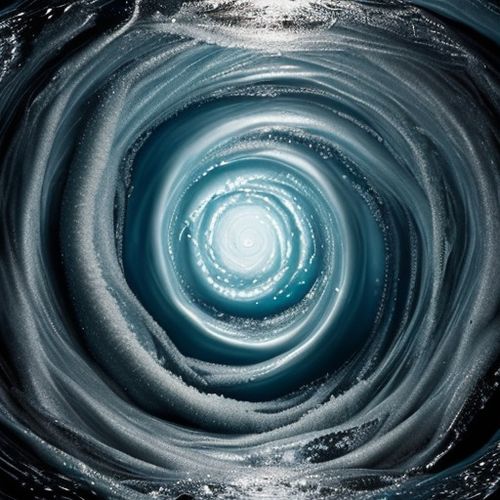
By Lily Simpson/Apr 29, 2025

By Emma Thompson/Apr 29, 2025

By Natalie Campbell/Apr 29, 2025
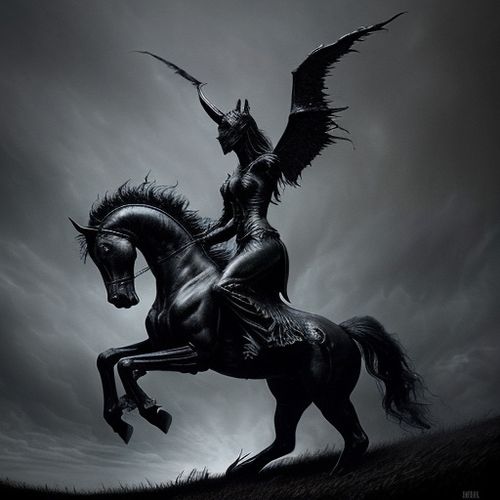
By William Miller/Apr 29, 2025
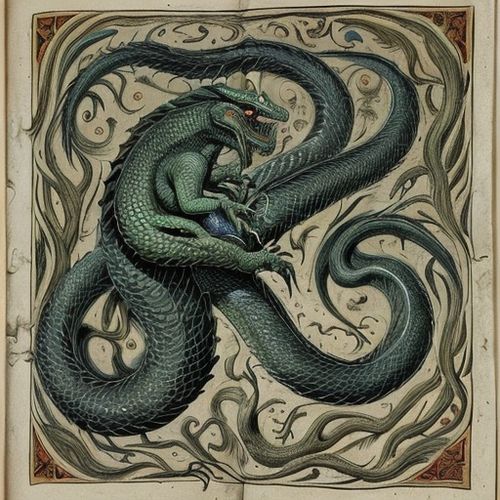
By Grace Cox/Apr 29, 2025
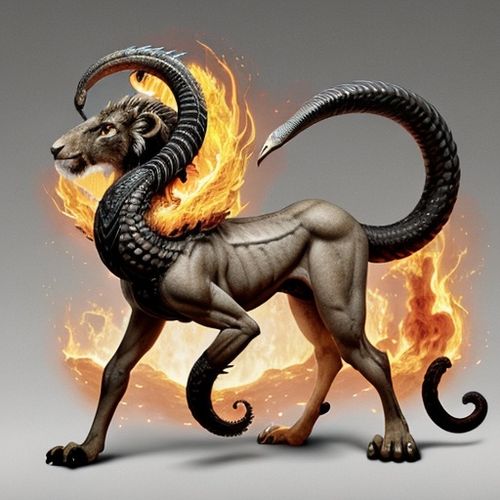
By James Moore/Apr 29, 2025

By Eric Ward/Apr 29, 2025
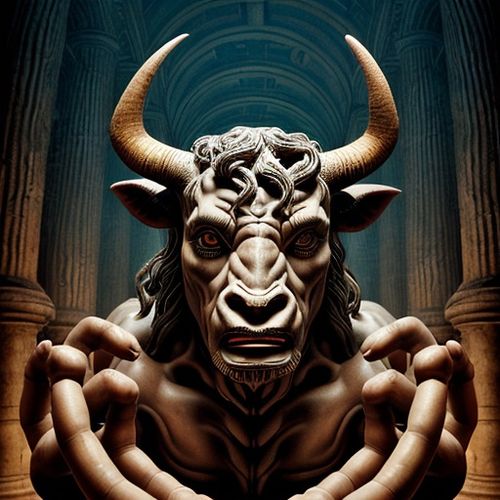
By Noah Bell/Apr 29, 2025

By Victoria Gonzalez/Apr 29, 2025
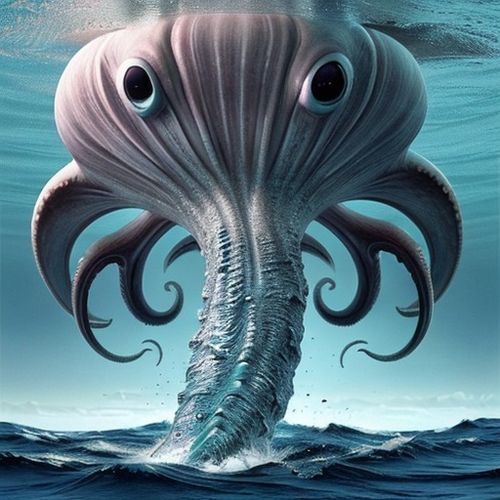
By Natalie Campbell/Apr 29, 2025
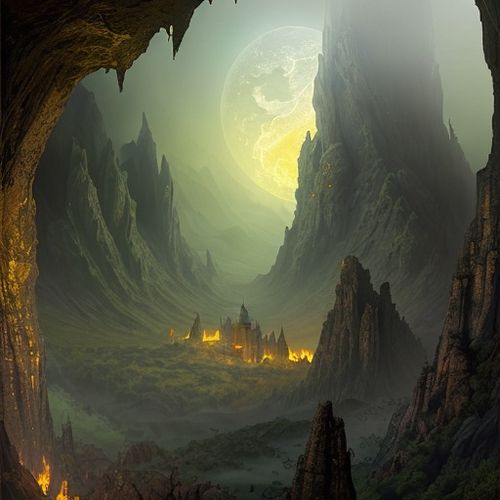
By Eric Ward/Apr 29, 2025
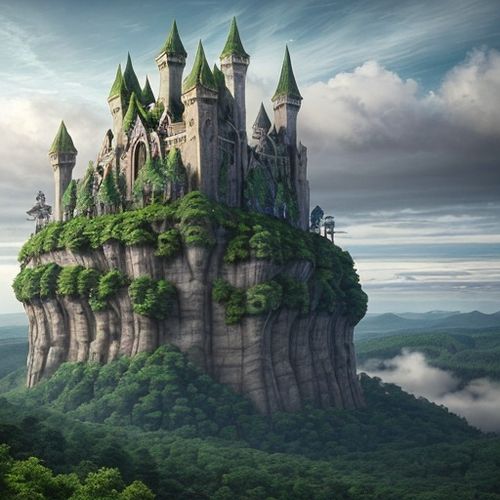
By Sarah Davis/Apr 29, 2025
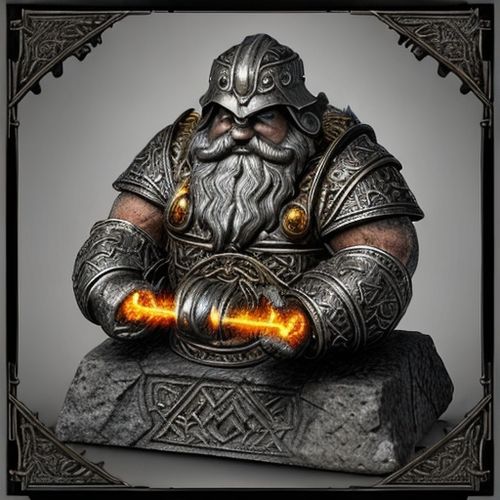
By Emma Thompson/Apr 29, 2025
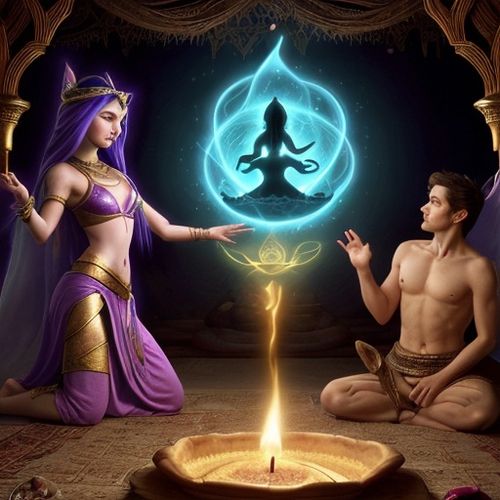
By Megan Clark/Apr 29, 2025
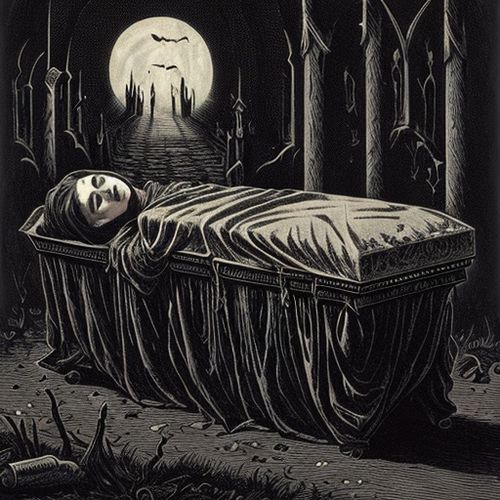
By Lily Simpson/Apr 29, 2025
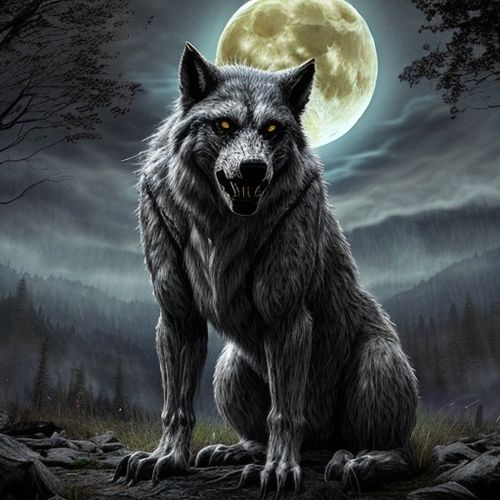
By William Miller/Apr 29, 2025
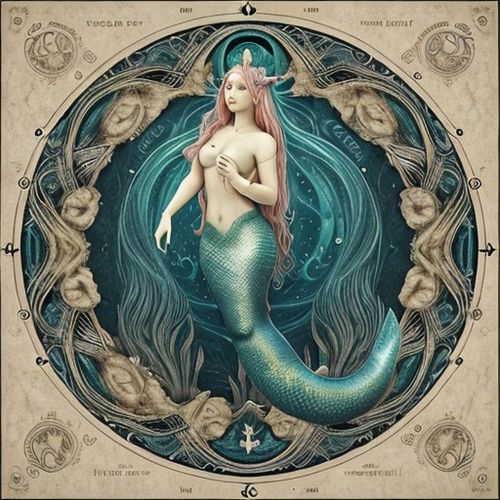
By Rebecca Stewart/Apr 29, 2025
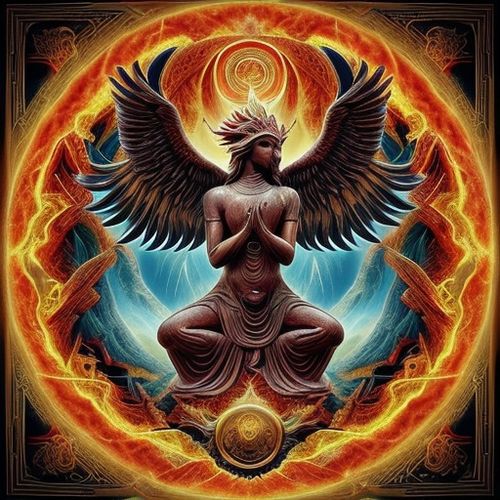
By Rebecca Stewart/Apr 29, 2025